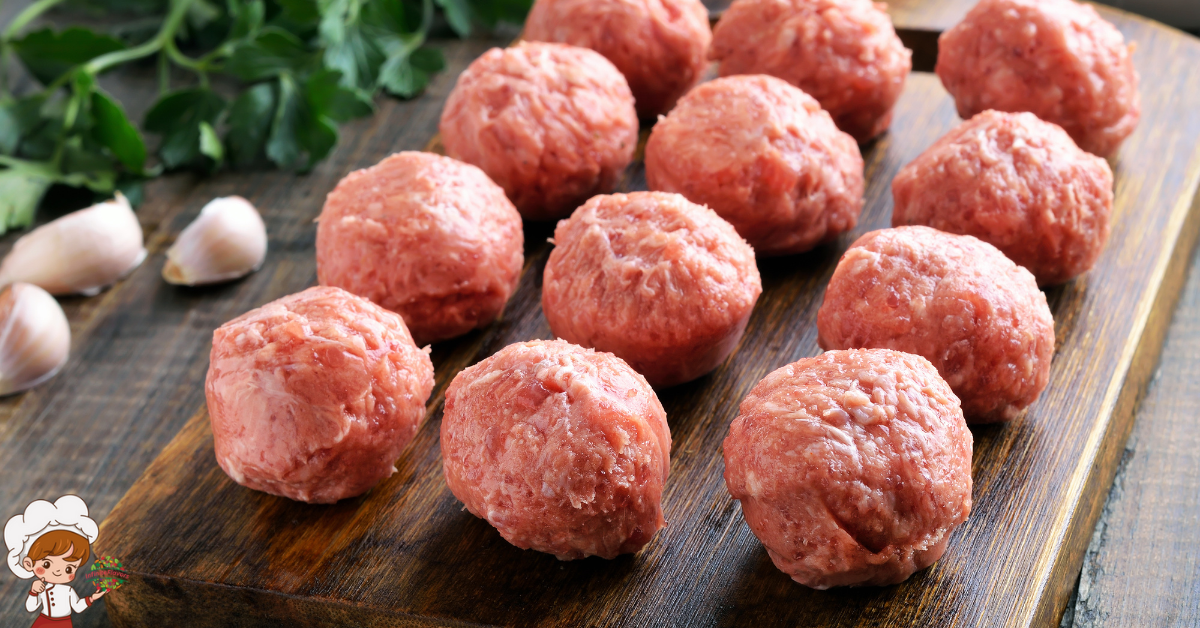Popular Traditional Japanese Soba Noodle Recipes

Looking to explore the delicate artistry of Japanese cuisine? Step into the world of Traditional Japanese Soba Noodle Recipes. These recipes, crafted with care and precision, offer a tantalizing glimpse into the rich culinary heritage of Japan. From hearty noodle soups to refreshing salads and enticing stir-fries, there is a world of flavors waiting to be discovered. So, why not embark on a culinary journey that will transport your taste buds to the vibrant streets of Japan?
Classic Soba Noodle Soup
To make a delicious and comforting Classic Soba Noodle Soup, gather your ingredients and prepare to embark on a culinary journey filled with rich flavors and nourishing warmth. Soba noodles, made from buckwheat flour, are the star of this traditional Japanese dish. The variations of this soup are endless, allowing you to customize it to your taste preferences and dietary needs.
One of the health benefits of incorporating soba noodles into your diet is their high nutrient content. Buckwheat is a good source of fiber, protein, and essential minerals like magnesium and manganese. These nutrients help support a healthy digestive system, promote heart health, and provide energy for your body.
In terms of variations, you can choose to make a hot or cold soba noodle soup. The hot version is perfect for colder days when you crave something warm and comforting. The broth is typically made with dashi, a Japanese stock, and flavored with soy sauce, mirin, and ginger. You can add toppings like sliced scallions, nori (seaweed), tempura, or kamaboko (fish cake) to enhance the flavors.
On the other hand, cold soba noodle soup is a refreshing option during the summer months. The noodles are cooked and then chilled before serving. The broth is usually lighter and served on the side as a dipping sauce. Toppings like grated daikon radish, green onions, and wasabi provide a burst of freshness.
No matter which variation you choose, Classic Soba Noodle Soup is a satisfying and nutritious meal that brings the taste of Japan to your table. So gather your ingredients and get ready to indulge in this delightful dish.
Zaru Soba With Dipping Sauce
Indulge in the refreshing flavors of Zaru Soba With Dipping Sauce, a traditional Japanese dish that combines chilled soba noodles with a flavorful dipping sauce. Zaru Soba is a popular choice during the hot summer months in Japan due to its light and refreshing nature. Here’s everything you need to know to enjoy this delicious dish:
- Soba Noodle Etiquette:
- Slurping: In Japan, it is considered polite to slurp your soba noodles. This not only enhances the flavors but also shows your appreciation for the dish.
- Chopstick Use: Use chopsticks to pick up the noodles, then dip them into the sauce. Avoid dropping noodles into the sauce directly from your chopsticks.
- Noise-free Eating: While slurping is encouraged, make sure you eat quietly to avoid disturbing others.
- Making Homemade Soba Noodles:
- Flour and Water: Traditional soba noodles are made using a combination of buckwheat flour and water. The ratio of flour to water is crucial to achieve the perfect texture.
- Kneading: The dough is kneaded until it becomes smooth and elastic. This process helps to develop the gluten and gives the noodles their chewy texture.
- Rolling and Cutting: The dough is rolled out into a thin sheet and then cut into thin strips. The strips are typically thin and long, resembling spaghetti.
- Dipping Sauce:
- Soy Sauce Base: The dipping sauce for Zaru Soba is made with a mixture of soy sauce, mirin (sweet rice wine), and dashi (fish stock). The proportions can be adjusted according to personal preference.
- Toppings: Common toppings for Zaru Soba include thinly sliced green onions, grated daikon radish, and shredded nori seaweed. These add additional flavors and textures to the dish.
Now that you know the basics, it’s time to make and enjoy your own Zaru Soba With Dipping Sauce. It’s a delightful dish that showcases the simplicity and elegance of Japanese cuisine.
Soba Salad With Sesame Dressing
Toss together a vibrant Soba Salad With Sesame Dressing, a refreshing and nutritious dish that combines the nutty flavors of soba noodles with a creamy sesame dressing. This soba salad is not only delicious but also incredibly versatile. There are numerous variations of soba salad, allowing you to add your own twist to this traditional Japanese dish.
One popular variation of soba salad includes adding fresh vegetables such as cucumber, bell peppers, and carrots for a crunchy texture and vibrant colors. You can also add protein, like grilled chicken or tofu, to make it a more substantial meal. The combination of the nutty soba noodles, crisp vegetables, and protein creates a satisfying and wholesome dish.
Now let’s talk about the star of the show, the sesame dressing. Not only does it add a rich and creamy flavor to the salad, but it also brings along a host of health benefits. Sesame seeds are a great source of essential nutrients, including fiber, protein, and healthy fats. They are also packed with vitamins and minerals like calcium, iron, and magnesium. These nutrients contribute to bone health, heart health, and overall well-being.
In addition to its nutritional value, the sesame dressing is incredibly versatile. You can use it not only in soba salad but also as a dip for vegetables or a dressing for other types of salads. Its creamy texture and nutty flavor make it a delightful addition to any dish.
Tempura Soba With Crispy Vegetables
Elevate your soba noodle experience with the delectable combination of crispy vegetables and tempura in this mouthwatering Tempura Soba With Crispy Vegetables recipe.
- Crispy and Flavorful: Tempura Soba is a popular variation of traditional Japanese soba noodles. The crispy tempura batter adds a delightful texture to the dish, while the flavorful vegetables bring a burst of freshness. The combination of the crispy tempura and the tender soba noodles creates a satisfying contrast in every bite.
- Versatile and Creative: One of the great things about Tempura Soba is that you can customize it according to your taste and preferences. You can use a variety of vegetables such as carrots, green beans, sweet potatoes, or even mushrooms. The options are endless, allowing you to get creative and experiment with different flavors and textures.
- Dipping Sauce Options: While Tempura Soba is traditionally served with a soy-based dipping sauce, you can also explore alternative dipping sauces for a unique twist. Some popular options include a tangy ginger sauce, a spicy chili sauce, or a creamy sesame sauce. These alternative dipping sauces can elevate the flavors of the tempura and add an extra layer of deliciousness to your meal.
To make Tempura Soba With Crispy Vegetables, start by preparing the tempura batter and dipping sauce. Then, fry your choice of vegetables in the batter until they turn golden and crispy. Cook the soba noodles according to the package instructions and drain them well. Serve the soba noodles with the crispy tempura vegetables alongside the dipping sauce of your choice.
With its crispy vegetables, flavorful tempura, and customizable dipping sauces, Tempura Soba With Crispy Vegetables is a delightful twist on traditional soba noodles that is sure to satisfy your cravings. So why not give it a try and elevate your soba noodle experience to new heights?
Soba Stir-Fry With Teriyaki Sauce
To create a mouthwatering Soba Stir-Fry With Teriyaki Sauce, you’ll need a few simple ingredients and a few minutes of your time. This dish is incredibly versatile, allowing you to experiment with different soba stir-fry variations to suit your taste preferences. The star of the show is the homemade teriyaki sauce, which adds a delightful umami flavor to the dish.
To start, gather the following ingredients: soba noodles, assorted vegetables (such as bell peppers, carrots, and broccoli), mushrooms, protein of your choice (such as chicken, beef, or tofu), and the ingredients for the teriyaki sauce (soy sauce, mirin, sugar, garlic, and ginger).
First, prepare the soba noodles according to the package instructions. While the noodles are cooking, heat some oil in a large skillet or wok over medium-high heat. Add the vegetables and protein, stir-frying until they’re cooked to your desired level of tenderness.
Once the vegetables and protein are cooked, it’s time to add the cooked soba noodles to the skillet. Pour the homemade teriyaki sauce over the noodles and toss everything together, ensuring that the sauce coats each ingredient evenly. Cook for an additional minute or two, allowing the flavors to meld together.
Now, it’s time to serve your delicious Soba Stir-Fry With Teriyaki Sauce. Garnish with some chopped green onions or sesame seeds for added flavor and visual appeal. This dish is perfect for a quick weeknight dinner or to impress guests at a dinner party.
With its combination of tender soba noodles, crisp vegetables, and savory teriyaki sauce, this Soba Stir-Fry is a delightful and satisfying meal that highlights the flavors of traditional Japanese cuisine.
Traditional Japanese Soba Noodle Recipes; Frequently Asked Questions
Can Soba Noodles Be Made With Gluten-Free Flour or Alternative Flours?
Yes, soba noodles can be made with gluten-free flour or alternative flours. These options provide a suitable substitute for those who are gluten intolerant or prefer a different type of flour in their soba noodle recipes.
Are There Any Specific Techniques or Tips for Making the Perfect Homemade Soba Noodles?
To make the perfect homemade soba noodles, you can master specific techniques and follow these tips. Achieve the ideal texture by kneading the dough thoroughly, rolling it thin, and cutting the noodles evenly.
What Are the Health Benefits of Eating Soba Noodles Compared to Other Types of Noodles?
Soba noodles offer numerous health benefits. Compared to other noodles, they are a great source of fiber, vitamins, and minerals. They have a lower glycemic index, making them a healthier option for managing blood sugar levels.
Can I Substitute Soba Noodles With Other Types of Noodles in the Traditional Recipes?
Yes, you can substitute soba noodles with other types of noodles in traditional recipes. There are plenty of alternative noodle options like udon, ramen, or even spaghetti that can work well in different dishes.
Are Soba Noodles Suitable for a Vegetarian or Vegan Diet?
Soba noodles can be a great option for vegetarian or vegan diets. They are made from buckwheat flour and have a nutty flavor. They can be used in various dishes, like stir-fries or noodle salads.
Conclusion
In conclusion, these traditional Japanese soba noodle recipes offer a delightful variety of flavors and textures. Whether you prefer a comforting bowl of classic soba noodle soup or a refreshing zaru soba with dipping sauce, these dishes are sure to satisfy your cravings. The soba salad with sesame dressing adds a touch of nuttiness, while the tempura soba with crispy vegetables provides a satisfying crunch. Lastly, the soba stir-fry with teriyaki sauce offers a perfect balance of savory and sweet. Try these recipes and experience the authentic taste of Japanese cuisine.








